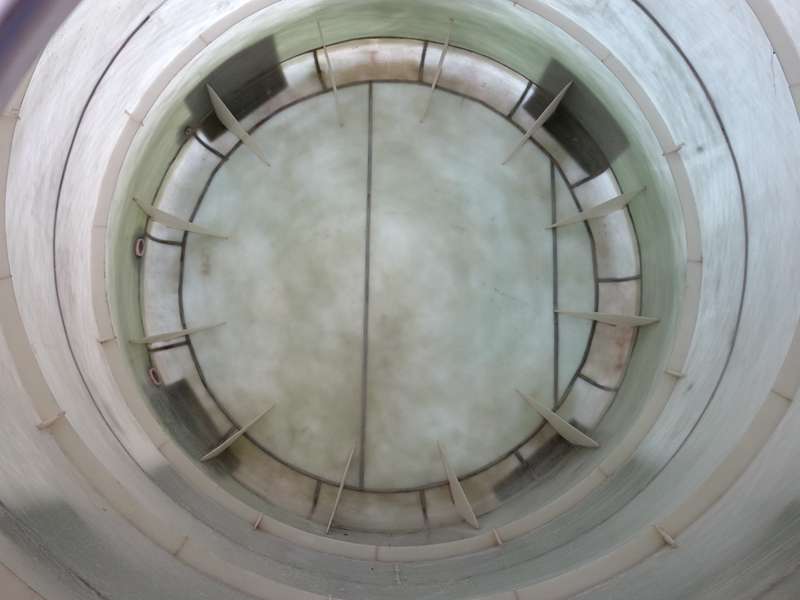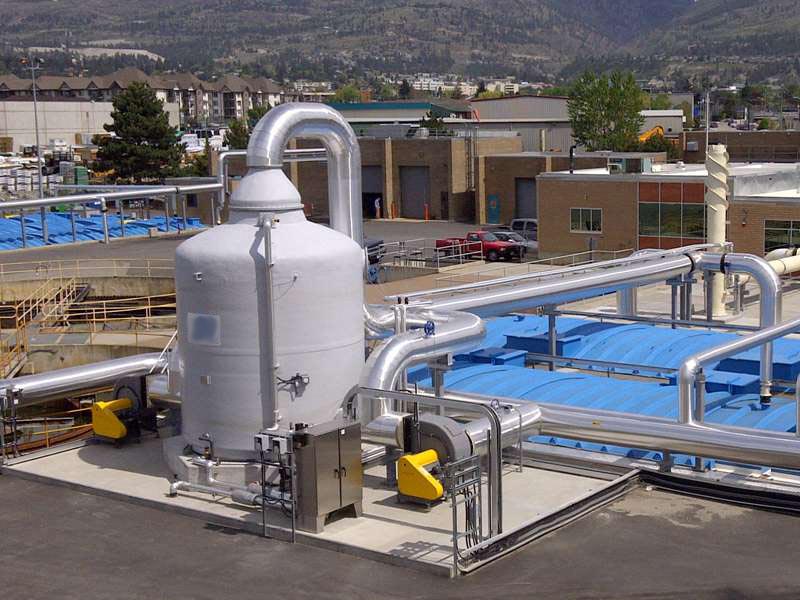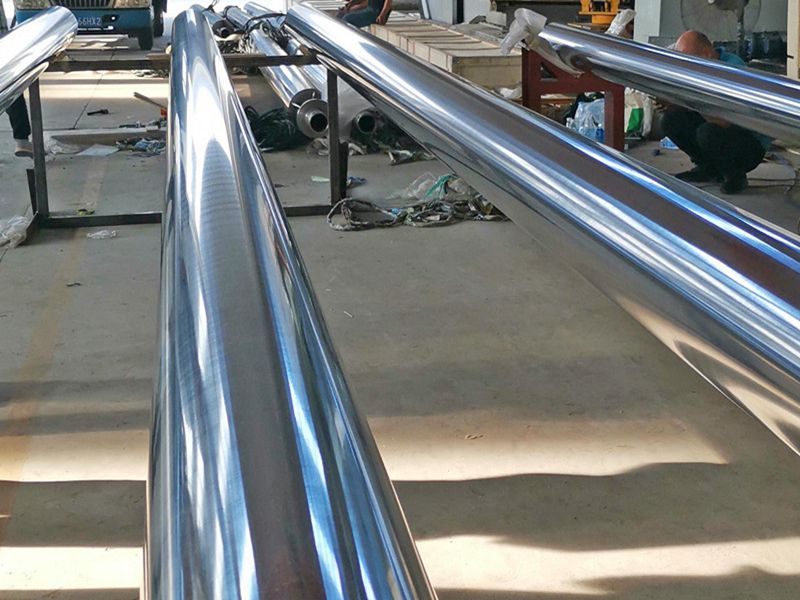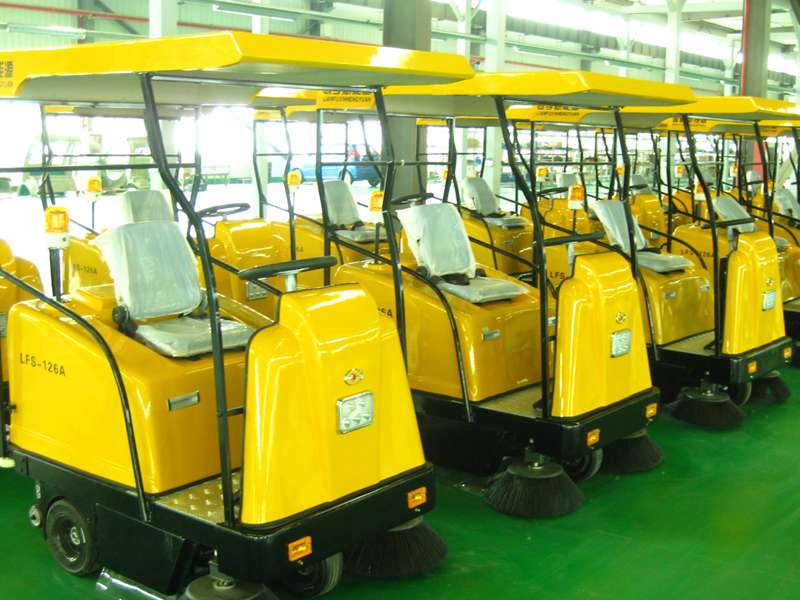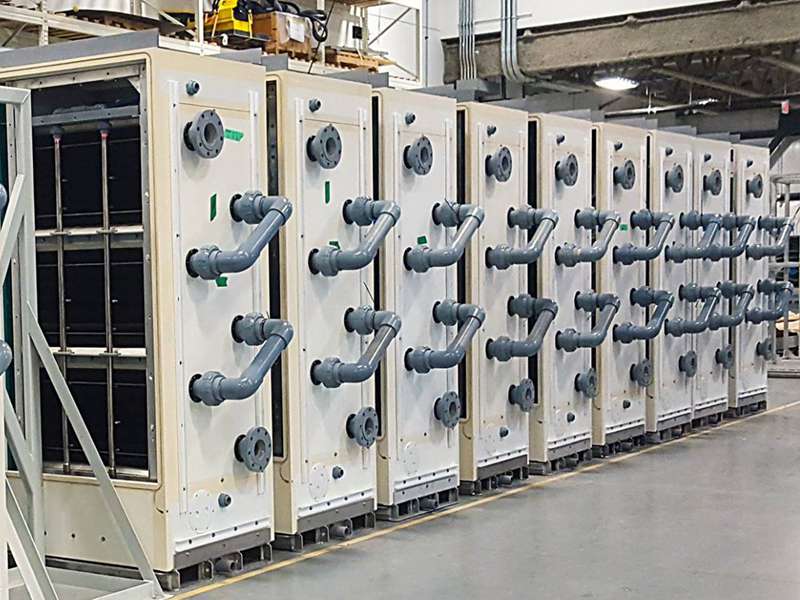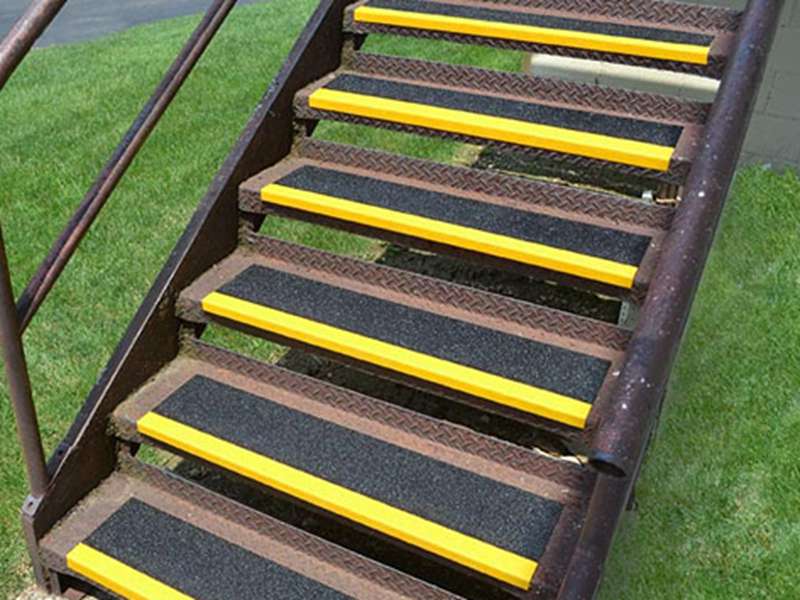
-
 Afrikaans
Afrikaans -
 Albanian
Albanian -
 Amharic
Amharic -
 Arabic
Arabic -
 Armenian
Armenian -
 Azerbaijani
Azerbaijani -
 Basque
Basque -
 Belarusian
Belarusian -
 Bengali
Bengali -
 Bosnian
Bosnian -
 Bulgarian
Bulgarian -
 Catalan
Catalan -
 Cebuano
Cebuano -
 China
China -
 China (Taiwan)
China (Taiwan) -
 Corsican
Corsican -
 Croatian
Croatian -
 Czech
Czech -
 Danish
Danish -
 Dutch
Dutch -
 English
English -
 Esperanto
Esperanto -
 Estonian
Estonian -
 Finnish
Finnish -
 French
French -
 Frisian
Frisian -
 Galician
Galician -
 Georgian
Georgian -
 German
German -
 Greek
Greek -
 Gujarati
Gujarati -
 Haitian Creole
Haitian Creole -
 hausa
hausa -
 hawaiian
hawaiian -
 Hebrew
Hebrew -
 Hindi
Hindi -
 Miao
Miao -
 Hungarian
Hungarian -
 Icelandic
Icelandic -
 igbo
igbo -
 Indonesian
Indonesian -
 irish
irish -
 Italian
Italian -
 Japanese
Japanese -
 Javanese
Javanese -
 Kannada
Kannada -
 kazakh
kazakh -
 Khmer
Khmer -
 Rwandese
Rwandese -
 Korean
Korean -
 Kurdish
Kurdish -
 Kyrgyz
Kyrgyz -
 Lao
Lao -
 Latin
Latin -
 Latvian
Latvian -
 Lithuanian
Lithuanian -
 Luxembourgish
Luxembourgish -
 Macedonian
Macedonian -
 Malgashi
Malgashi -
 Malay
Malay -
 Malayalam
Malayalam -
 Maltese
Maltese -
 Maori
Maori -
 Marathi
Marathi -
 Mongolian
Mongolian -
 Myanmar
Myanmar -
 Nepali
Nepali -
 Norwegian
Norwegian -
 Norwegian
Norwegian -
 Occitan
Occitan -
 Pashto
Pashto -
 Persian
Persian -
 Polish
Polish -
 Portuguese
Portuguese -
 Punjabi
Punjabi -
 Romanian
Romanian -
 Russian
Russian -
 Samoan
Samoan -
 Scottish Gaelic
Scottish Gaelic -
 Serbian
Serbian -
 Sesotho
Sesotho -
 Shona
Shona -
 Sindhi
Sindhi -
 Sinhala
Sinhala -
 Slovak
Slovak -
 Slovenian
Slovenian -
 Somali
Somali -
 Spanish
Spanish -
 Sundanese
Sundanese -
 Swahili
Swahili -
 Swedish
Swedish -
 Tagalog
Tagalog -
 Tajik
Tajik -
 Tamil
Tamil -
 Tatar
Tatar -
 Telugu
Telugu -
 Thai
Thai -
 Turkish
Turkish -
 Turkmen
Turkmen -
 Ukrainian
Ukrainian -
 Urdu
Urdu -
 Uighur
Uighur -
 Uzbek
Uzbek -
 Vietnamese
Vietnamese -
 Welsh
Welsh -
 Bantu
Bantu -
 Yiddish
Yiddish -
 Yoruba
Yoruba -
 Zulu
Zulu
High-Performance FRP Scrubber – Advanced Fiberglass Scrubber for Effective Cleaning & Stain Removal
- Introduction: Overview and Significance of FRP Scrubber
- Technical Advantages of Fiberglass Scrubbers
- Comparative Analysis of FRP Scrubber Manufacturers
- Customization Solutions for Diverse Industries
- Application Scenarios and Success Stories
- Performance Metrics and Industry Impact
- Future Trends and Final Reflections on FRP Scrubber Technologies
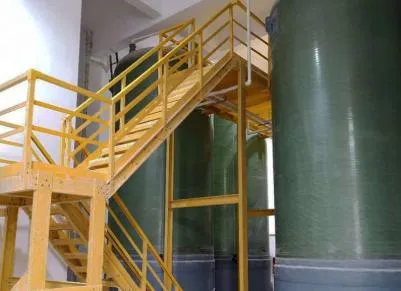
(frp scrubber)
Introduction: The Role of FRP Scrubber in Clean Technology
In modern industrial settings, the significance of frp scrubber
technology continues to expand as global focus sharpens on air quality, sustainability, and efficient cleaning solutions. Fiberglass scrubbers for effective cleaning and stain removal in complex installations are utilized across a wide spectrum of sectors—from chemical processing to pharmaceuticals, electronics manufacturing, and waste management facilities. According to the International Air Quality Association, the worldwide demand for robust gas purification systems has surged by 18% since 2020, with FRP scrubbers accounting for 36% of new installations in 2023. This growth is driven by increasingly stringent environmental regulations and the recognized need for advanced, corrosion-resistant scrubbing solutions. As industry challenges evolve, so too must the materials and techniques behind high-performance exhaust cleaning, positioning fiberglass scrubber technologies at the forefront of industrial innovation.
Technical Advantages of Fiberglass Scrubbers
Fiberglass reinforced plastic (FRP) scrubbers deliver substantial benefits compared to traditional scrubbing alternatives. Engineered for environments where aggressive chemicals, extreme temperatures, and high humidity are prevalent, these scrubbers offer unparalleled corrosion resistance—prolonging service life and reducing the need for frequent replacements. Based on recent studies, FRP scrubbers display a failure rate less than 0.32% per annum versus 1.5% for their steel counterparts.
- Corrosion Resistance: FRP's intrinsic resistance to both acids and bases prevents degradation even under the harshest chemical attacks.
- Lightweight Construction: Compared to metals, fiberglass is up to 70% lighter, streamlining installation and reducing infrastructural load.
- Low Maintenance: With minimal susceptibility to rust and scaling, ongoing upkeep is simplified, translating to operational cost savings.
- Superior Customizability: Manufacturing flexibility means that each scrubber can be tailored in terms of dimensions, shapes, and configurations.
- Longevity: FRP systems routinely demonstrate a service life exceeding 20 years under continuous operation, according to verified industrial reports.
Modern fiberglass scrubber designs incorporate enhanced features such as integrated demisters, variable spray header configurations, and modular packings for targeted contaminant removal. These technological advances ensure high contaminant capture rates—often exceeding 99.5% for particulates and acid gases.
Comparative Analysis of FRP Scrubber Manufacturers
The market for FRP scrubbers is served by both global leaders and innovative local firms. Comparing manufacturing expertise, performance metrics, and after-sales services reveals pronounced differences among top contenders. Below is a table offering a comparative analysis of prominent FRP scrubber manufacturers based on critical attributes:
| Manufacturer | Material Grade | Capture Efficiency | Corrosion Guarantee (Years) | Customization Capability | Average Response Time (hrs) | Support Network |
|---|---|---|---|---|---|---|
| EnviroGuard Industries | Premium (ECR/Epoxy Vinylester) | 99.7% | 15 | Fully Custom | 8 | Global |
| PureAir Solutions | High (CPVC/FRP) | 99.2% | 10 | Standard & Custom | 12 | North America/Europe |
| GreenChem Systems | Industrial (Isophthalic Polyester) | 98.5% | 8 | Standard Only | 24 | Asia-Pacific |
| EcoFibre Equipments | General (Polyester/FRP) | 97.8% | 5 | Limited | 36 | Localized |
The data showcases how a strategic choice in manufacturer can greatly impact both operational reliability and long-term performance. EnviroGuard, for example, leads in both capture efficiency and customization flexibility, while EcoFibre offers competitive upfront costs for smaller scale operations.
Customization Solutions for Diverse Industries
No two industrial processes share identical requirements, making customization a vital strength for fiberglass scrubber for effective cleaning and stain removal in complex facilities. Advanced FRP scrubber producers now routinely design systems tailored to the specific chemical profiles, air handling volumes, and spatial constraints of their clients. For instance, chemical manufacturing facilities may require exotic resin blends for resistance to unique contaminant streams, whereas pharmaceutical plants often opt for specialized demister sections to limit emission of micron-sized aerosols.
- Bespoke geometry for space-restricted installations, including horizontal or vertical unit orientations.
- Variable spray patterns engineered to optimize interfacial contact and contaminant absorption based on process gas composition.
- Integration with plant control systems for real-time process monitoring and automatic feedback loops.
- Tank and vessel linings to ensure comprehensive chemical protection in ancillary equipment.
- Ability to upgrade or retrofit legacy steel scrubbers with modular FRP units, minimizing downtime and capital expenditure.
Customized units regularly deliver upwards of 20% greater contaminant reduction compared to standardized models, as observed in recent third-party process audits.
Application Scenarios and Success Stories
The range of successfully deployed fiberglass scrubber technologies is diverse, underpinning critical operations worldwide. Below are four recent case studies highlighting their transformative impact:
- Semiconductor Manufacturer, Taiwan: Upgrading to a multi-stage FRP scrubber system reduced facility-wide VOC emissions by 97.5% and slashed compliance-related downtime by 55% annually.
- Petrochemical Facility, USA: Retrofitting legacy steel scrubbers with fiberglass variants resulted in maintenance cost reductions exceeding $400,000 over five years due to decreased corrosion-induced failures.
- Textile Mill, India: Performance audits confirmed that the new vertical FRP unit improved odor neutralization efficiency by 88%—enabling expansion into urban industrial parks compliant with local odor ordinances.
- Municipal Waste Incinerator, Germany: Utilizing high-performance fiberglass scrubber lines achieved near-zero (99.92%) particulate discharge, significantly surpassing EU environment ministry benchmarks.
These examples demonstrate the adaptability, durability, and performance excellence associated with the latest generation of fiberglass scrubbers for effective cleaning and stain removal in the most demanding process contexts.
Performance Metrics and Industry Impact
Objective measurements are paramount in quantifying the true impact of FRP scrubber systems. A recent survey of over 200 global installations details the following median performance statistics:
- Average pollutant removal efficiency: 99.3% for inorganic acids, 97.1% for organic VOCs
- Mean time between failure (MTBF): 12 years under continuous operation
- Energy consumption: 1.1 kWh per 1,000 m³ of treated air (35% below industry average)
- Water consumption savings: Up to 20% over conventional packed bed designs
- Annual operating cost reduction: Median of $18,000 USD per system
These compelling data points drive increased adoption within process-intensive sectors such as mining, fertilizer production, food and beverage, and advanced electronics where emission control is both a regulatory and operational imperative. Leading industrial players report measurable improvements in compliance records, sustainability indices, and market competitiveness stemming from the integration of high-efficiency, low-maintenance fiberglass scrubber technologies.
Future Trends and Reflections: The Evolving World of FRP Scrubber
As new regulatory frameworks and sustainability targets come into effect worldwide, the frp scrubber is set to play an even more central role. Forward-thinking manufacturers are investing in advanced manufacturing techniques such as automated filament winding, hybrid fiber reinforcement (combining carbon, glass, and specialty resins), and integration with Industry 4.0 smart controls. The next generation of fiberglass scrubber solutions will focus on further energy optimization, predictive maintenance, real-time emissions analytics, and even modular upgradability to meet evolving plant requirements.
In summary, the evolution of fiberglass scrubber technology from niche solution to industry standard reflects its adaptability, cost-effectiveness, and critical contribution to global clean air initiatives. As industrial operations become more complex and environmentally conscious, FRP scrubbers will remain at the forefront—delivering reliable, customizable, and sustainable performance well into the future.
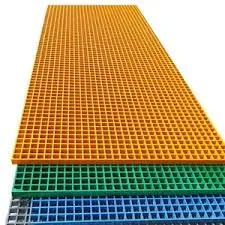
(frp scrubber)
FAQS on frp scrubber
Q: What is an FRP scrubber and what is it used for?
A: An FRP scrubber is a cleaning tool or system made from fiberglass reinforced plastic. It is commonly used for effective cleaning, deodorizing, and stain removal, especially in industrial environments. Its durability and resistance to chemicals make it ideal for heavy-duty applications.Q: How does a fiberglass scrubber ensure effective cleaning and stain removal?
A: Fiberglass scrubbers have tough, textured surfaces that efficiently scrub away dirt, grime, and stains. The rigidity of fiberglass allows deeper cleaning compared to softer materials. They're particularly effective for cleaning hard surfaces and industrial equipment.Q: What are the main advantages of using an FRP scrubber?
A: FRP scrubbers are highly resistant to corrosion, lightweight, and long-lasting. They also offer excellent performance in harsh chemical environments and require minimal maintenance. These features make them cost-effective for both industrial and commercial use.Q: Can fiberglass scrubbers be used for household cleaning tasks?
A: Yes, fiberglass scrubbers can be used for household cleaning, especially on stubborn stains and tough surfaces. However, they're primarily designed for industrial or heavy-duty tasks. Always check compatibility with the surfaces you plan to clean.Q: How do you maintain and clean an FRP scrubber after use?
A: Rinse the FRP scrubber thoroughly with water to remove residues after each use. Allow it to air dry completely before storing to prevent bacterial growth. Regular inspection for damage prolongs its lifespan and maintains cleaning efficiency.Latest news
-
High-Quality Fiberglass Hood & FRP Hood Manufacturer Custom Fiberglass Tanks AvailableNewsJul.05,2025
-
High-Strength Molded Fiberglass Grating Durable Molded Grating SolutionsNewsJul.05,2025
-
High-Quality FRP Tee Manufacturer Durable FRP Drum & Panel SolutionsNewsJul.05,2025
-
High-Performance FRP Scrubber – Advanced Fiberglass Scrubber for Effective Cleaning & Stain RemovalNewsJul.04,2025
-
Fiberglass 90 Degree Elbow for Custom Tanks & High Pressure Pipes Durable and Corrosion ResistantNewsJun.24,2025
-
Exploring the Benefits of Top Hammer Drifter Rods for Enhanced Drilling PerformanceNewsJun.10,2025


